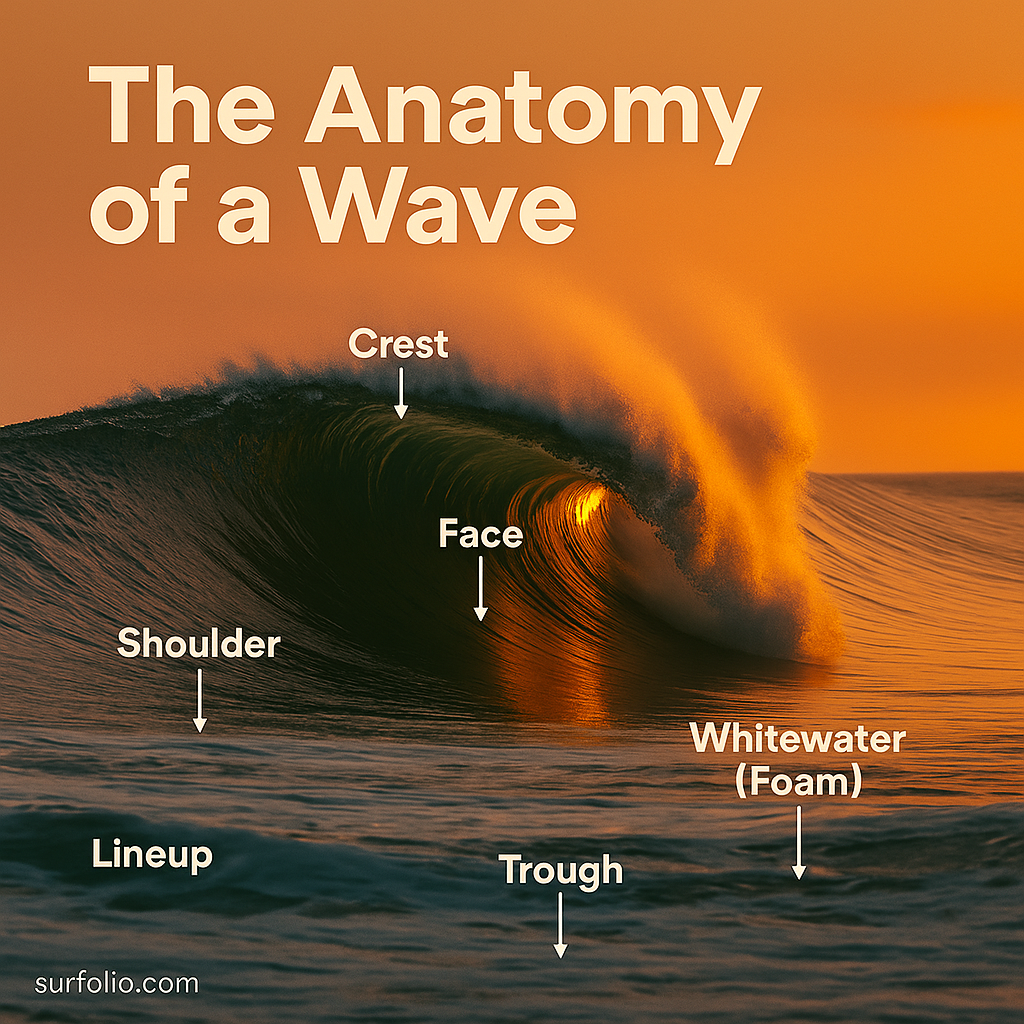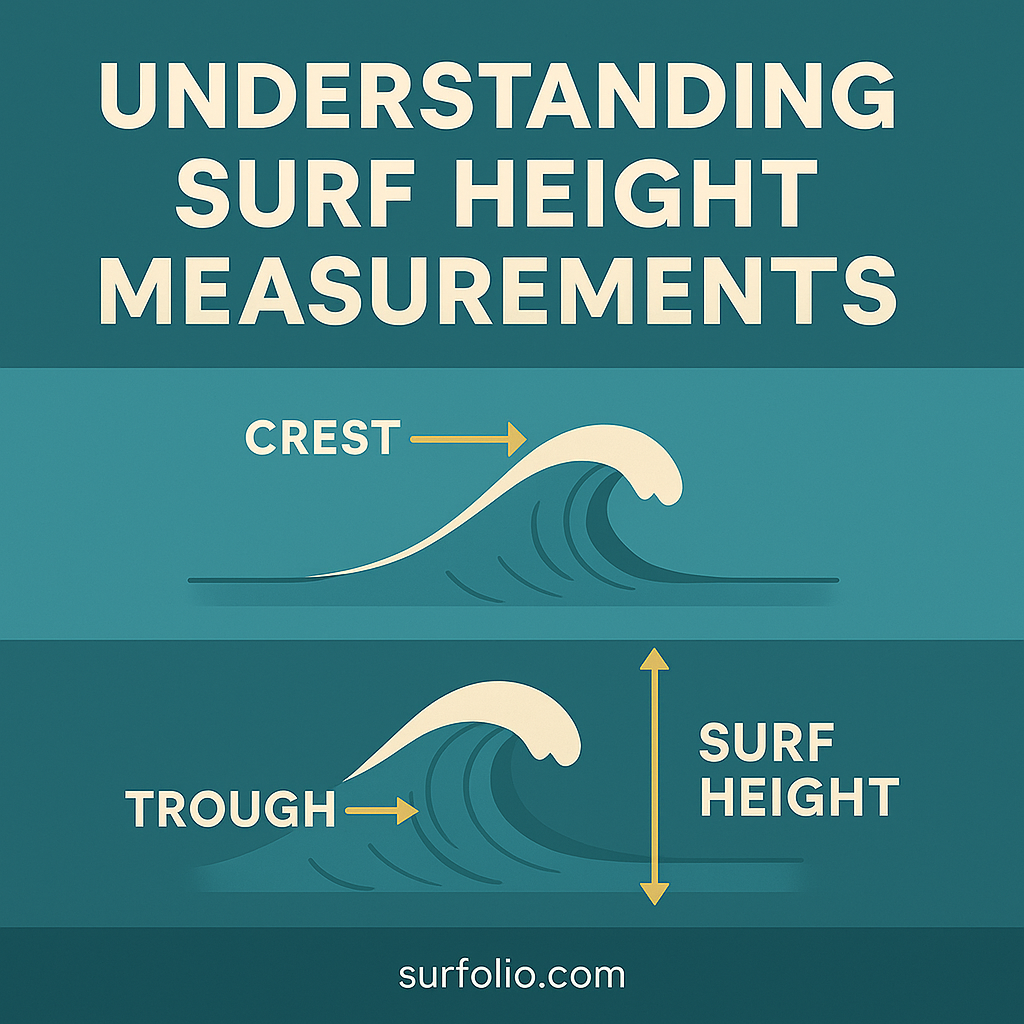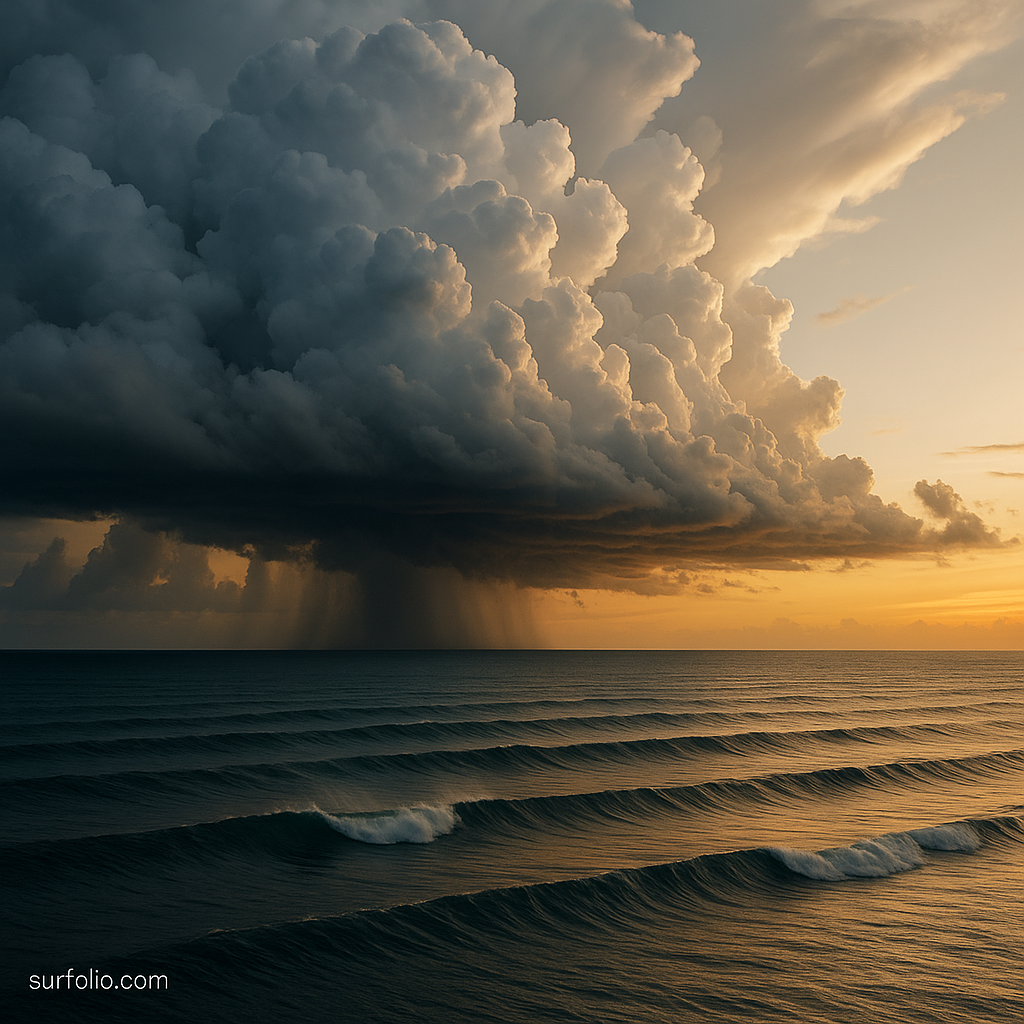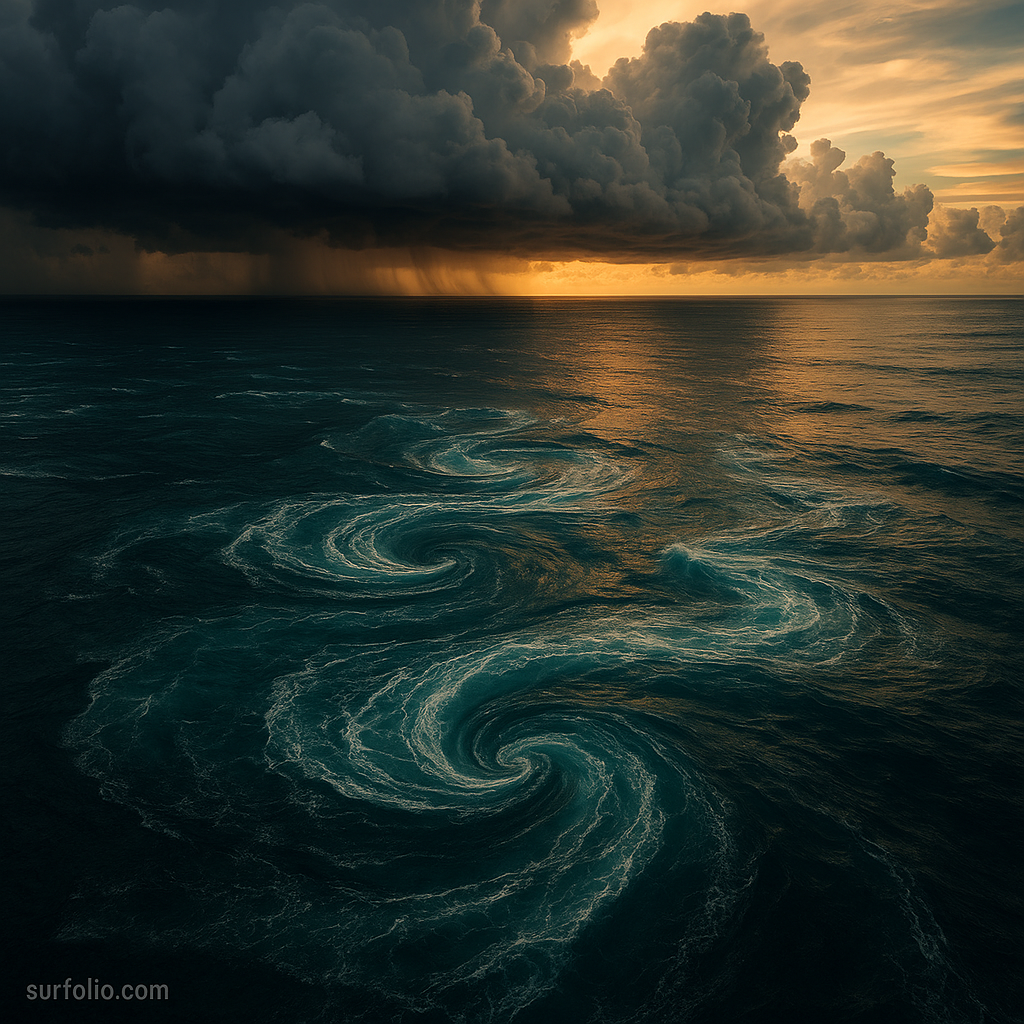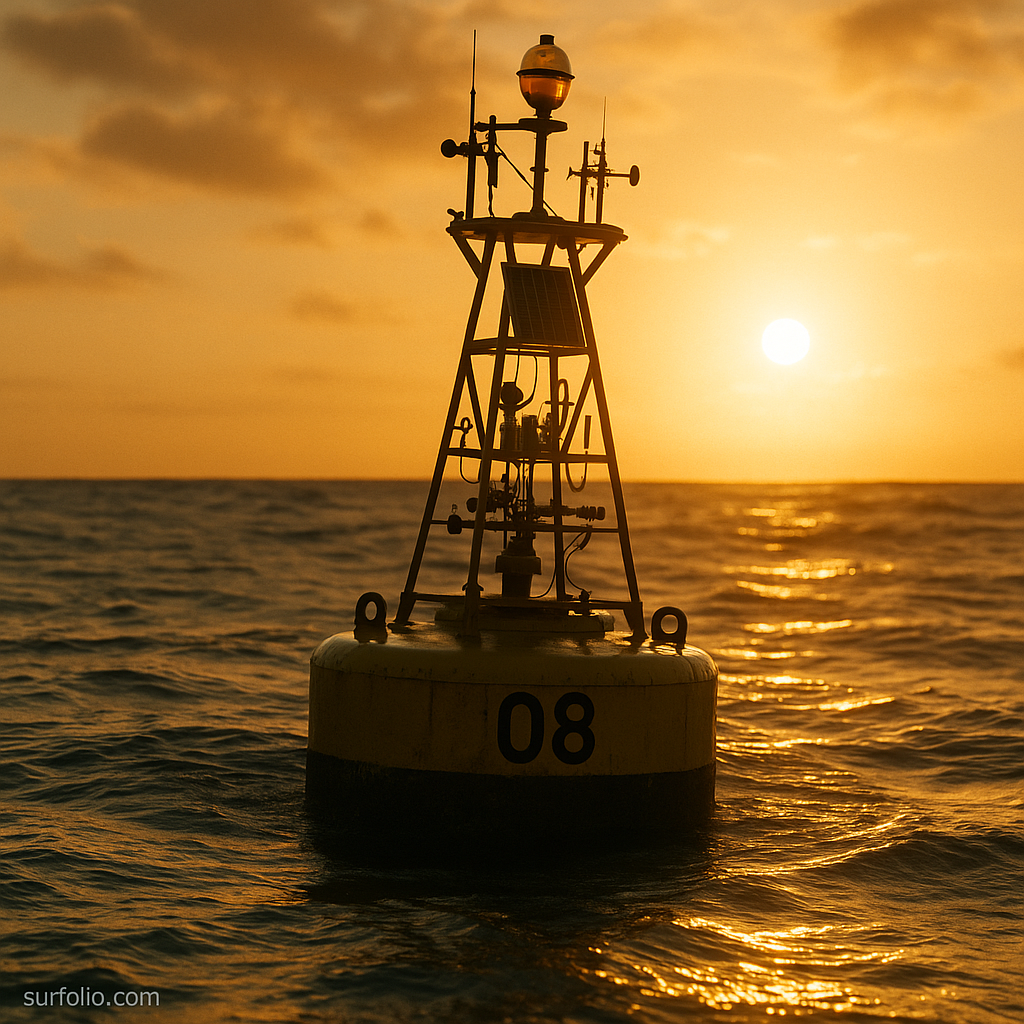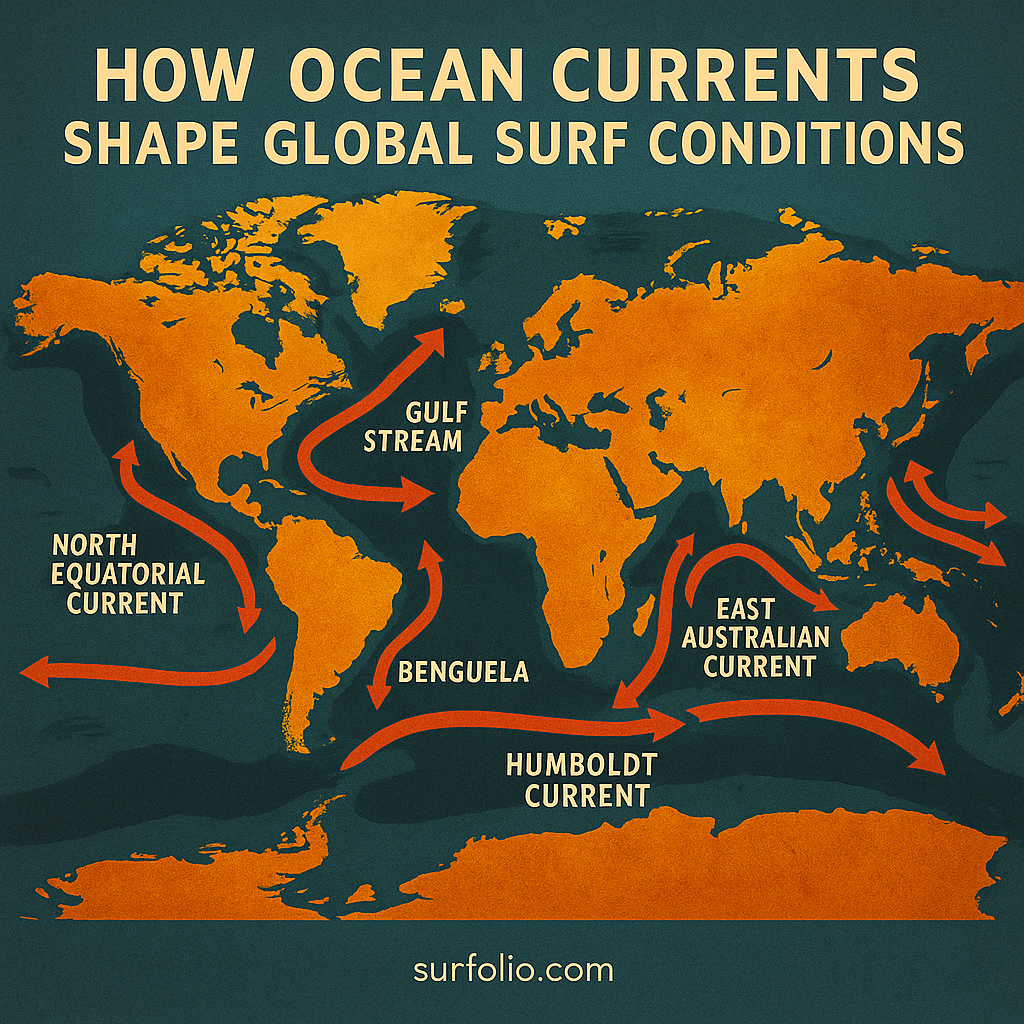
When surfers talk about “perfect conditions,” they often mention swell direction, wind speed, and tide—but behind all of that lies a much larger force: ocean currents. These invisible rivers of moving water circle our planet, distributing heat, shaping coastlines, and influencing where—and how—waves form.
Understanding how ocean currents work gives surfers a deeper awareness of why some regions produce consistent, powerful surf while others remain calm.
Continue reading “How Ocean Currents Shape Global Surf Conditions”

